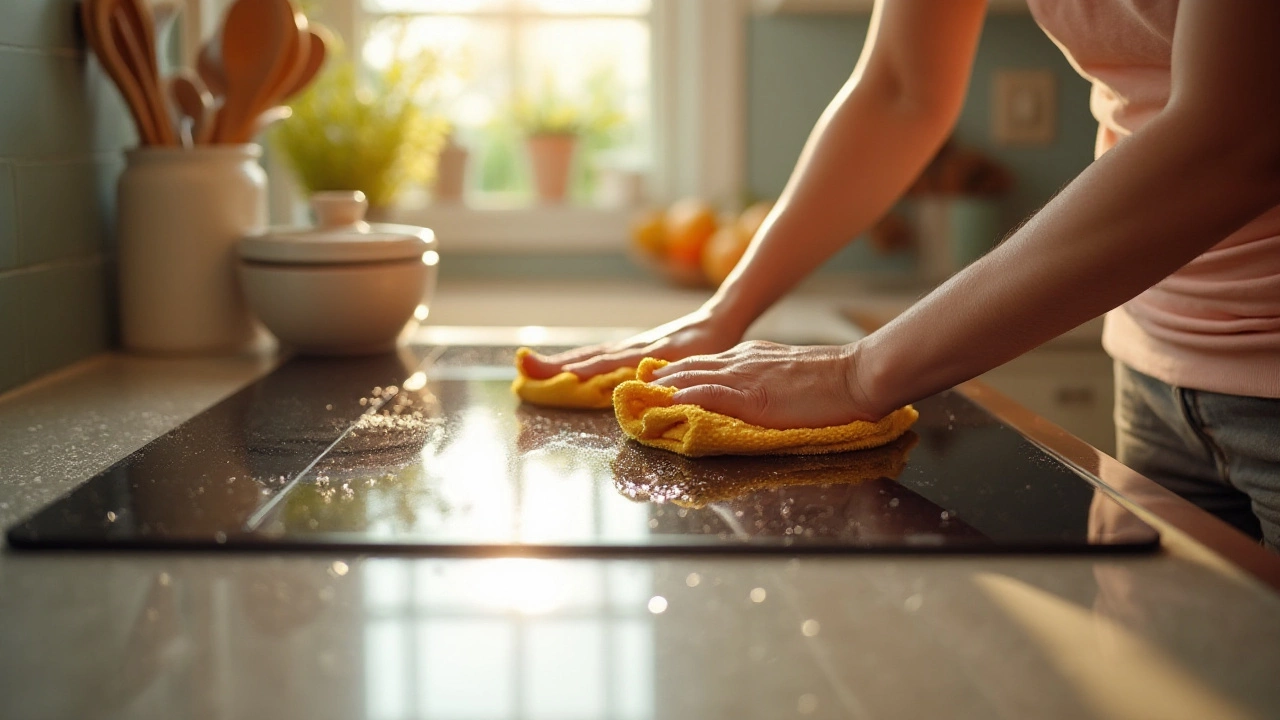Hob Maintenance: Simple Steps to Keep Your Cooktop Running Smoothly
Got a hob that’s looking a bit tired? Most kitchen hobs don’t need a full overhaul – a bit of regular care can keep them heating evenly and looking clean for years. In this guide we’ll show you quick daily habits, deeper seasonal checks, and the signs that it’s time to call an expert.
Everyday Cleaning and Care
First things first: wipe the surface after each use. A damp cloth followed by a quick dry will stop food splatters from hardening. For glass hobs, avoid abrasive pads – they can scratch the top and make future repairs more expensive. Instead, use a soft microfiber cloth and a specially formulated hob cleaner. Spray the cleaner, let it sit for a minute, then wipe in circular motions.
If a spill has left a stubborn spot, make a paste of baking soda and water. Apply it, let it sit for a few minutes, then gently rub with a non‑scratch pad. Rinse with a clean damp cloth and dry. This trick works for burnt-on sugar, oil, or even a burnt electric hob ring.
Don’t forget the knobs and control panel. A cotton swab dipped in a little rubbing alcohol will clear away grime that can affect the sensors. Just be careful not to let any liquid seep into the button mechanisms.
Seasonal Deep Checks
Every 3‑4 months, give your hob a more thorough once‑over. Unplug the unit (or switch off the circuit) before you start any work. Remove the burner caps or ring (most are snap‑on) and inspect for cracks, corrosion, or warped edges. A cracked glass hob can shatter under heat, so replace it promptly – the cost is usually lower than waiting for a break.
Check the heating elements on electric hobs. Look for discoloration or a faint smell of burnt plastic. If an element looks damaged, you can often replace it yourself. The process involves unscrewing a few bolts, disconnecting the wiring, and fitting the new element. Make sure the replacement matches the voltage and wattage specifications – you’ll find that info on the original part or in the user manual.
For gas hobs, listen for uneven flames or a hissing sound. Clean the burner ports with a thin wire or a pin to clear any blockages. A dirty port can cause incomplete combustion, leading to soot buildup and higher gas bills.
When to Call a Pro
If you notice any of these signs, it’s time to bring in a specialist:
- Cracked or shattered glass surface.
- Repeated overheating despite cleaning.
- Electrical smells or sparks when you turn the hob on.
- Gas leaks or a persistent blue‑orange flame colour.
- Fault codes on digital displays that you can’t reset.
Professional repair shops can test the internal circuitry, replace sealed heating plates, and ensure gas connections meet safety standards. Trying to fix a serious electrical fault yourself can be dangerous and may void any warranty.
At South Shields Appliance Repair Services we specialize in hob maintenance and repair. Whether it’s a glass hob crack, a burnt electric element, or a gas ignition problem, our certified technicians can diagnose and fix it fast – often within the same day.
Bottom line: a clean, inspected hob lasts longer and works better. Stick to the simple daily wipe‑down, do a deeper check every few months, and don’t ignore warning signs. With a bit of routine care, you’ll spend less on repairs and enjoy cooking on a reliable surface for years to come.
